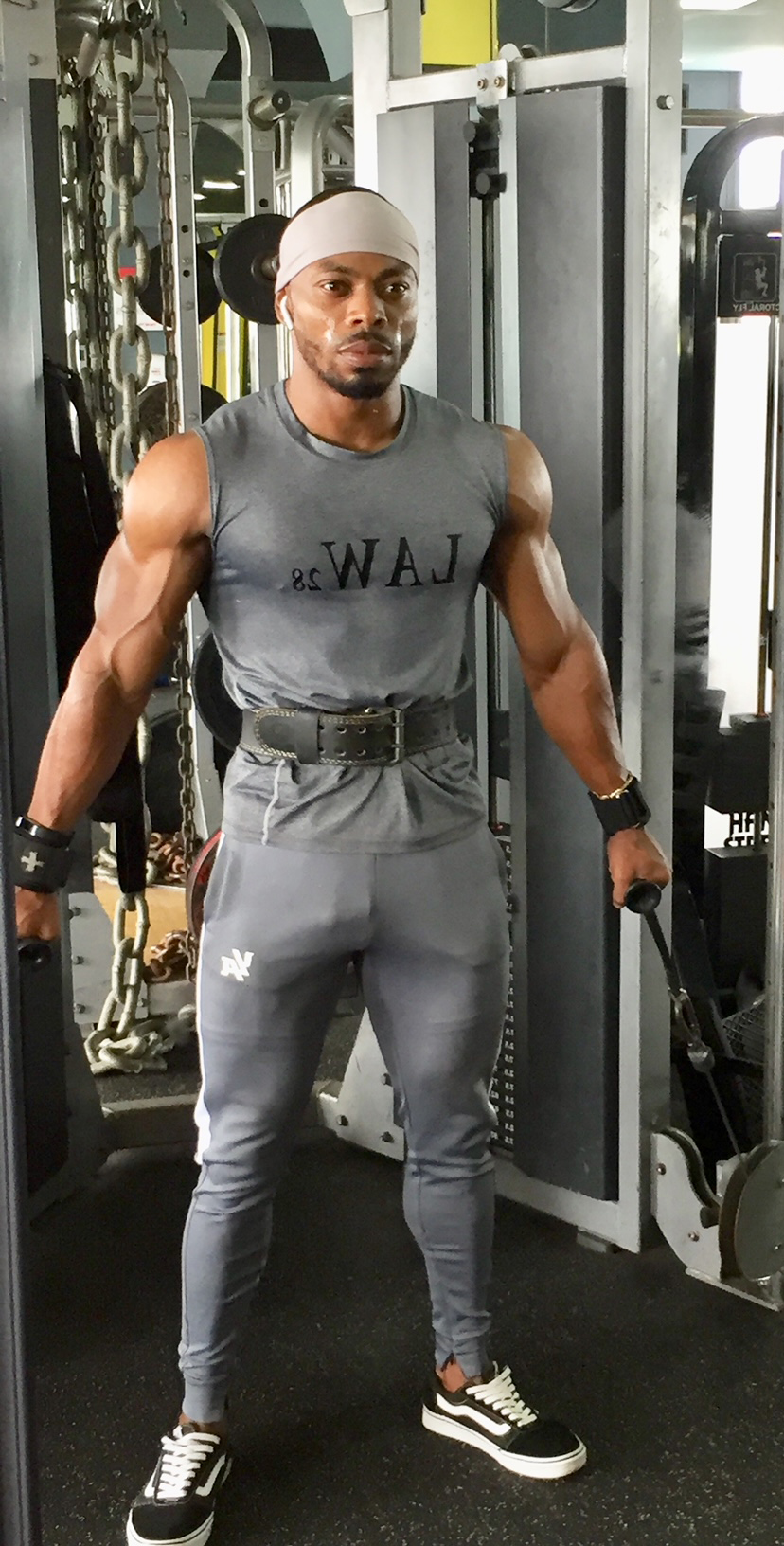 Read this before heading back to gym. For the better part of the last six months, our lives have been turned upside down, and this has highlighted more than ever the therapeutic nature of regular exercise. But for the countless people all over the world who are reliant on a gym to get their movement therapy in, things have been tough.
Read this before heading back to gym. For the better part of the last six months, our lives have been turned upside down, and this has highlighted more than ever the therapeutic nature of regular exercise. But for the countless people all over the world who are reliant on a gym to get their movement therapy in, things have been tough.
With gyms closed since the start of the local COVID-19 outbreak, we have been forced to adapt and some have found this more difficult than others. But there is light at the end of the tunnel; in many places, gyms are starting to be allowed to operate again, which is an exciting prospect. The airports here reopened on Tuesday so the reopening of gyms may be imminent.
The thought of hitting the gym may trigger some feelings of anxiety but there’s plenty you can do to minimise the risk to yourself and others when getting back into your training.
1. If you feel unwell DO NOT go to the gym
This is a matter of social responsibility. Even if you are not suffering the symptoms specific to COVID, staying home when you are unwell will mean that no one else needs to feel the stress that comes with feeling unwell and worrying it may be the virus. Staying home will also speed up your recovery, so this is the best option for everyone.
2. Speak to your gym
Call your gym, ask them about the strategies they have in place to protect their members and staff. Here are some questions to ask:
I. Have you rearranged your facility to allow for social distances on equipment, machines, and in classes?
II. Are you tracking the facility’s capacity to ensure social distancing can be upheld?
III. What cleaning procedures are in place and what cleaning products are available for use during my session?
IV. What changes have been made to facility use in order to ensure cleanliness and safety?
If the staff cannot answer these questions clearly then use your judgment to decide if attending your regular gym is a smart choice for you.
There are strict regulations that need to be upheld in fitness facilities, and it is important that staff know how important it is to their members that they enforce these regulations. Keep in mind that these protocols are a massive undertaking for gyms and their staff and will incur high costs. So, while it is important that they adhere to these regulations, it is also essential to ensure you are understanding of their challenging situation. Gym owners and workers are just trying to make a living after months of not being allowed to.
3. Protect yourself and others
Wear a mask or face shield when not working out in areas where it is difficult to maintain social distancing. Attending either a class or an outdoor session where movement is quite unpredictable would be a scenario that may require a mask or face shield. While this may be uncomfortable or take some time to get used to, it is a small price to pay to be able to access gyms and fitness programmes again.
Wipe the equipment down before and after use – this may slow down your session and may also produce waste (depending on the cleaning products provided by your gym), but it is an essential strategy to avoid cross-contamination.
Do not share equipment whenever possible. This is another strategy that can slow down your session but it is crucial to ensure the hygiene of the equipment you are using. You may normally share machines during supersets, but this time-saving strategy needs to be put aside for the time being.
Bring your own towel and use it on the benches and machines after you have wiped them down, prior to doing your sets. Put it on top of your yoga mat whenever possible or on the floor if you are doing floor work. Sanitize it after every session and do not share your towel with others. Understand that now, more than ever before, you may be refused entry to your gym if you do not have a towel and cannot purchase one.
4. Shower at home
Whenever possible, avoid sharing the toilet/bathroom area. Even though the prospect of getting back into the gym is exciting, it is important to understand the expectations of your gym and your own behaviour while training. If you have a compromised immune system or are in regular contact with someone else who is highly susceptible to the virus, it may not be worth the risk. The good news is that there is plenty you can do in terms of training at home, whether you have equipment or not, if you’re not ready to return to the gym. So if it suits you, support your gym and your own health by getting back into your training, but be sure to stay home at slightest hint of any symptoms and adhere to the measures in place to stop the spread and keep us all healthy.

